A lot of your behavior can be explained by an interesting psychological phenomenon that marketers use constantly.
It’s called social proof.
Social proof is the psychological preference for doing what other people are doing, because if other people are doing it, it proves that it must be worthwhile.
In this guide, I’m going to show you exactly how to use social proof in your own business to increase conversions, credibility and ultimately sales even if you have:
- NO previous following
- NO connections, and even
- NO prior knowledge on how to do it
Let’s get started…
The 12 Types of Social Proof
There are 12 different types of social proof you can use to boost conversions, and I’m going to show you how to kickstart each of them:
Table of Contents
1. Raw Quantity
As humans, we want to know that we’re not the only one home. And luckily, most of us have some sort of number we can boast.
Start looking at your numbers to see what you can use as bragging rights:
- If you have a physical or digital product, how many sales have you made?
- If you have a blog or podcast, how many countries do people listen or read from? How many comments have been left on your updates?
- If you have a social media presence, how many followers do you have? How many posts have you posted?
- If you have an app or a SAAS product, how many people have come in contact with your product? How many customers have your customers helped with your product?
GetGymBag does this well with their counters for boxes shipped, servings supplied, customer satisfaction and Instagram followers.
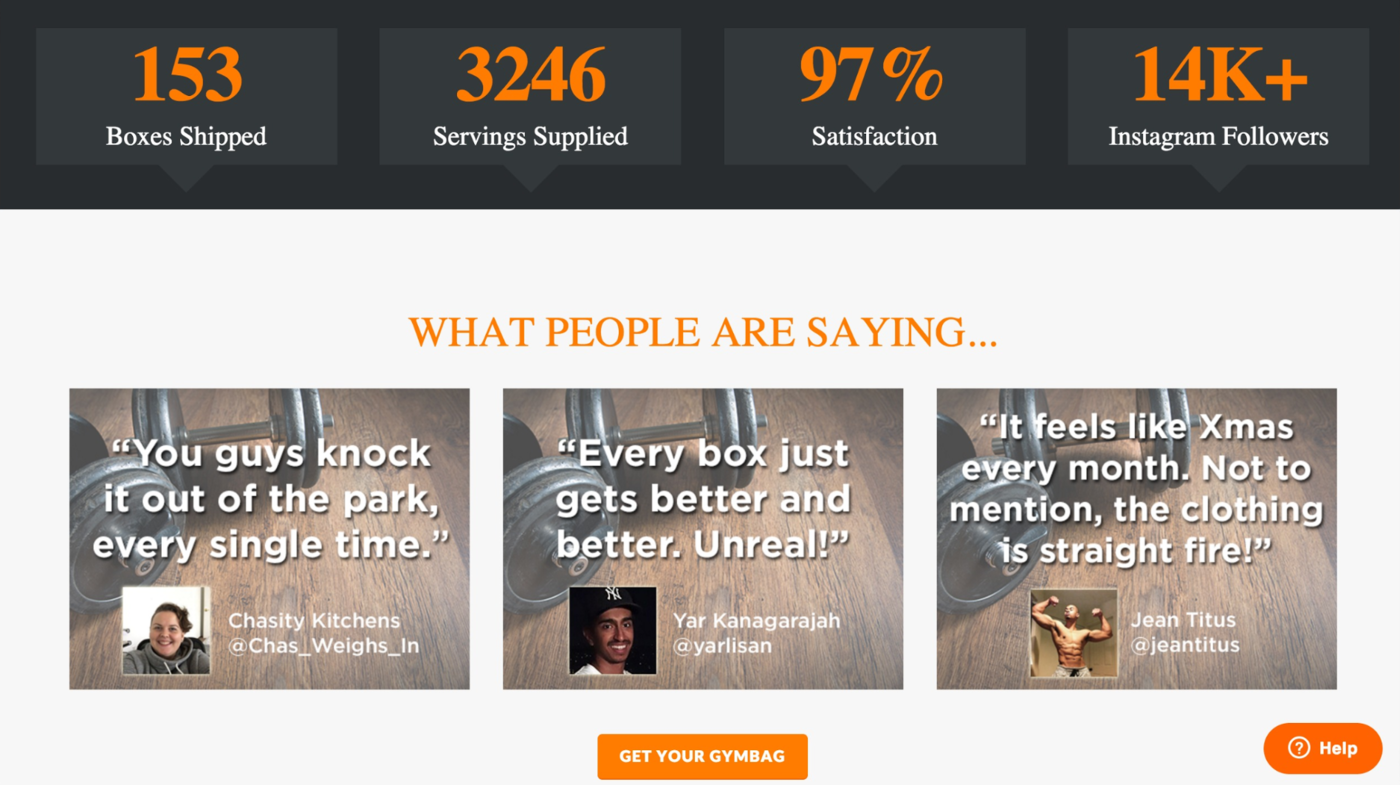
The service Help a Reporter Out also does a great job displaying their Raw Quantity social proof:

Nobody wants to be the first to buy, read or consume something, because none of us want to be the guinea pig. This is reassuring to customers and members of your target audience.
If you want to get going with social proof, social share counts are a great place to start with raw quantity social proof because there’s low barrier to entry and the numbers are relatively easy to uncover.
To kickstart social proof, take a three step approach:
Make it super simple to share your content. Nice Kicks does this well by having a share bar on the left-hand side of the page at all times:
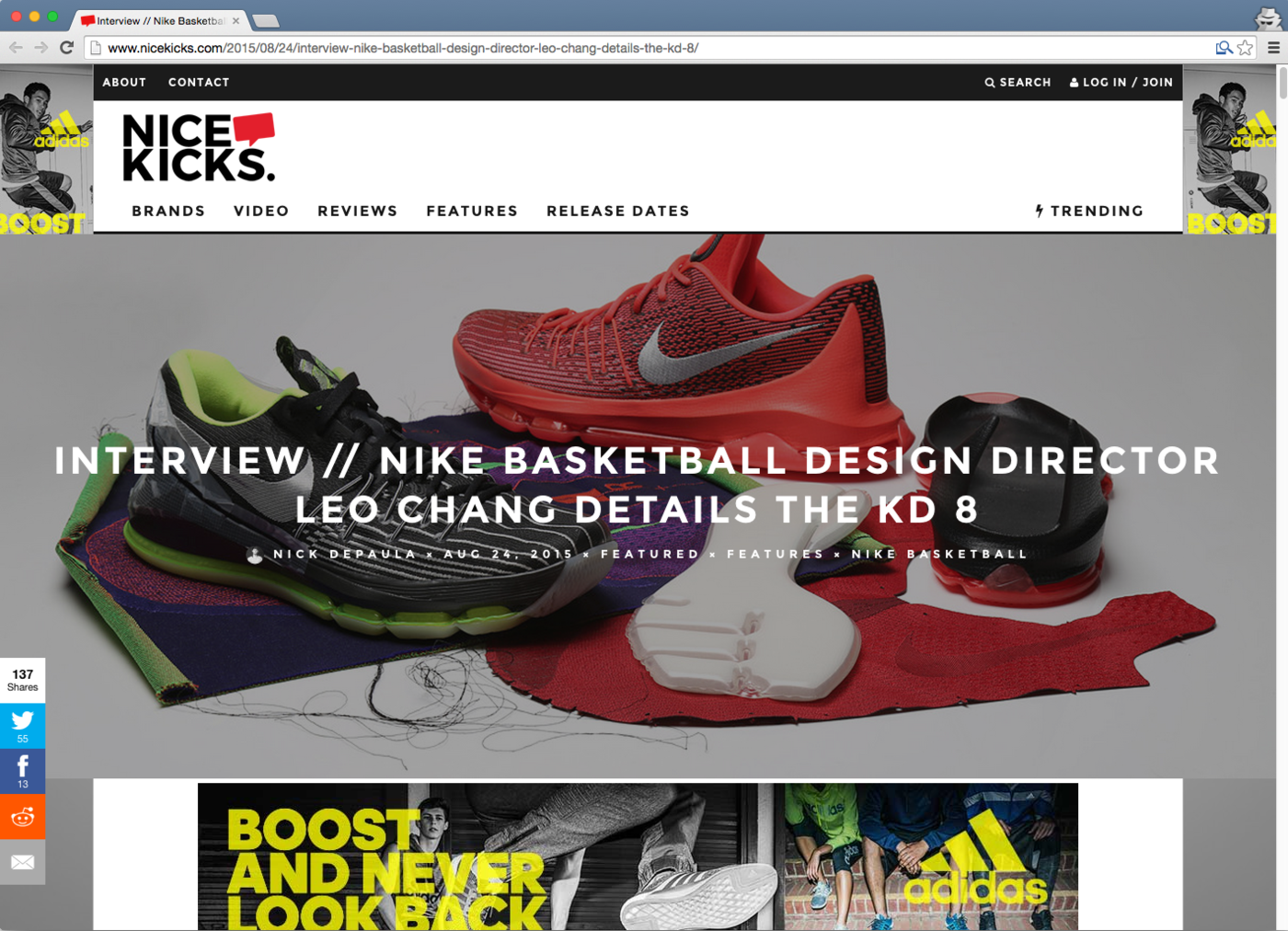
Use a call to action in your content to share on a specific platform. For example, Noah regularly uses an image and a CTA to encourage sharing to Twitter:
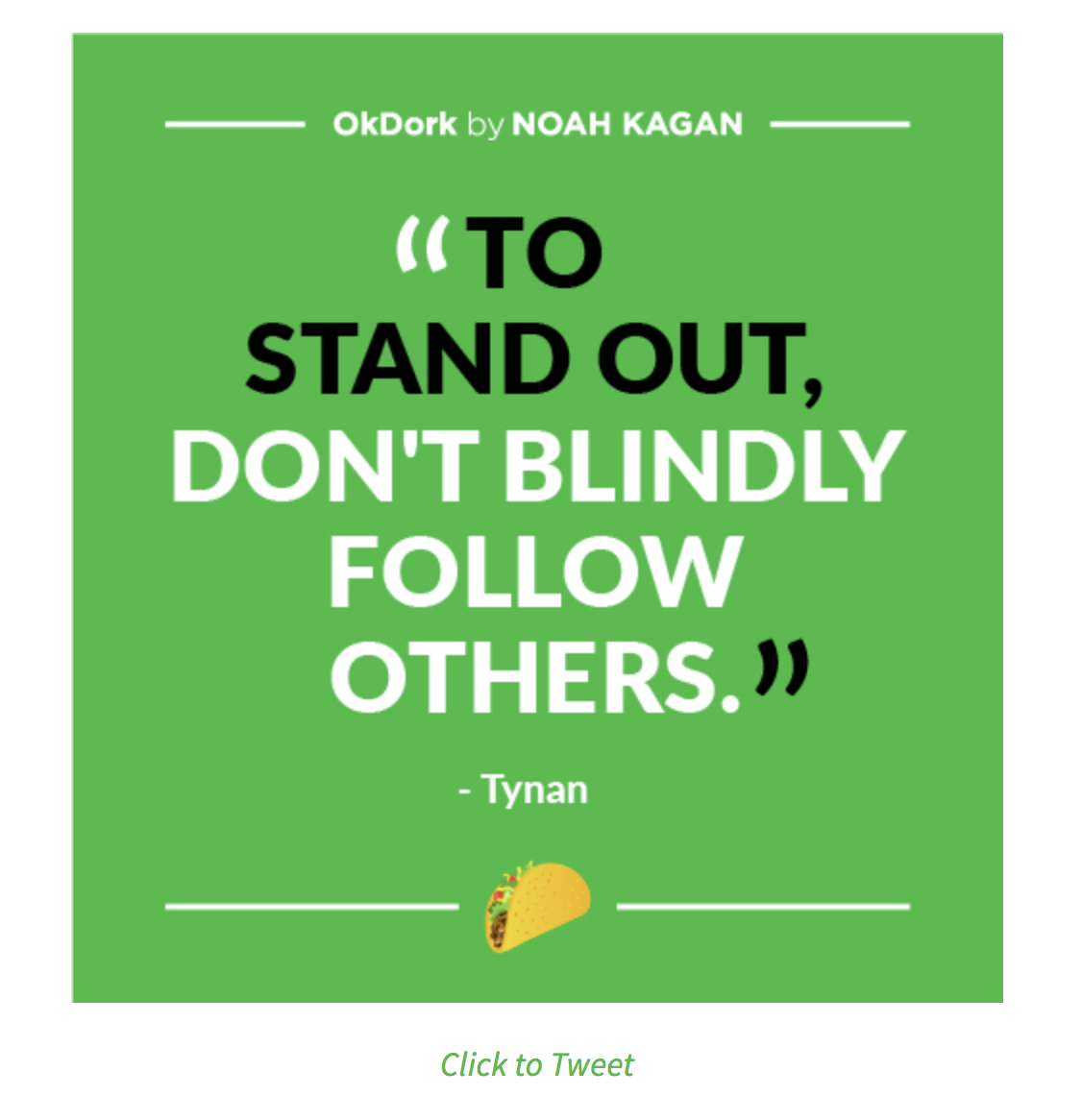
Start collecting those shares. Tony Robbins includes share counts on all his blog posts:
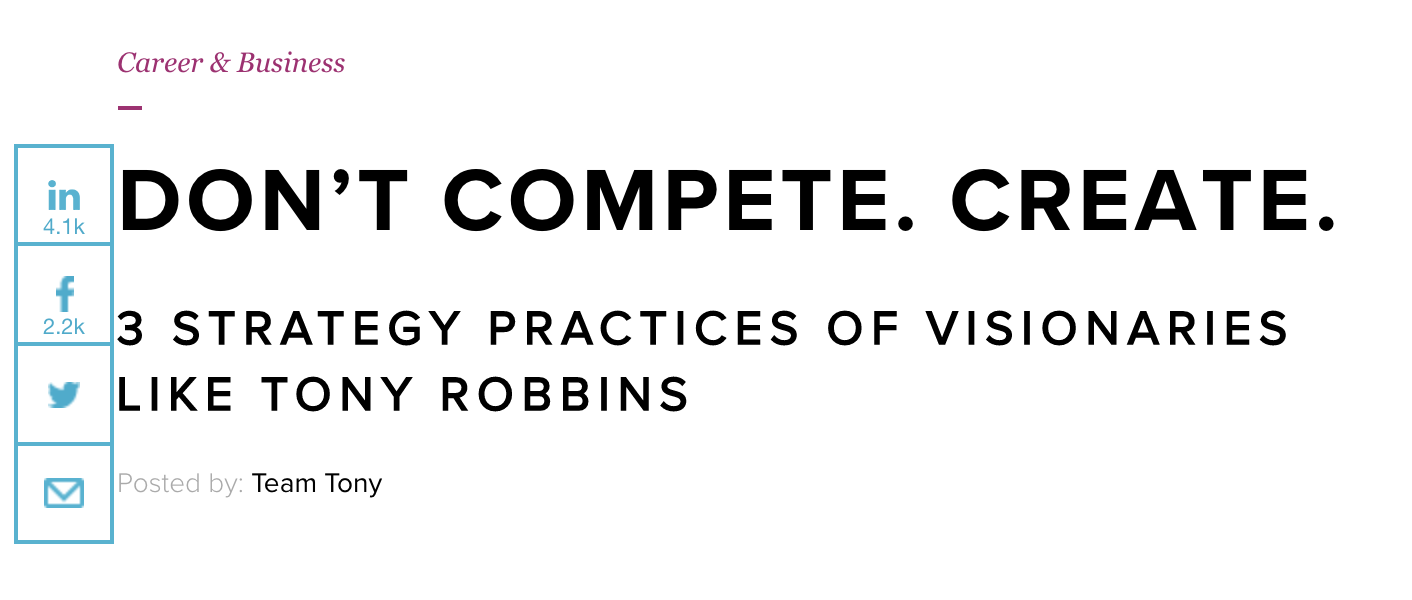
If you want to make it simple to share, use the Sumo Share App (which you already have installed… right?!).
2. Testimonials & Quotes
Testimonials and quotes are a form of social proof that boost conversions by 34% or more.
That’s because our mirror neurons find things more believable and compelling when we can picture ourselves in the situation.[*]
Just take a look at how we’ve used testimonials and quotes as social proof at Sumo:

These are usually stronger if you can use an image of the person who left the quote with it. For example:
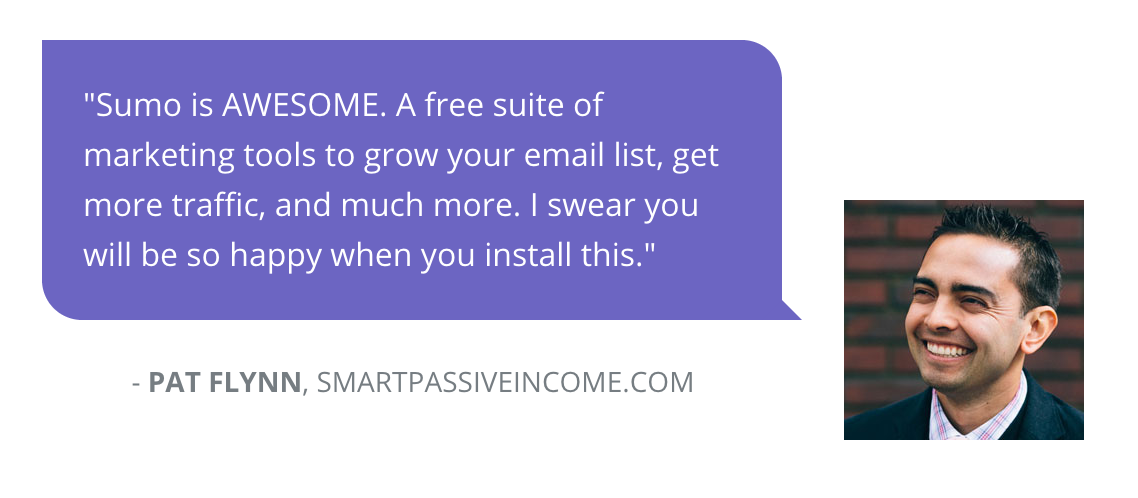
Use the quotes and testimonials from people who are closest to your target audience.
When you’re first starting out, you may not have a ton of testimonials – or customers to get testimonials from. So how do you get these little nuggets of gold?
Keep reading to find out…
If you’ve ever published content online, or helped somebody with something, or received even a nice email from a customer about your product or services, this is a great place to start.
Try to think of the last piece of feedback you received. Can you reach out to that person and ask them to provide a quote for your website?
Here’s a simple template you could use:
Hey [Name]
Thank you so much for the feedback. Seriously, means a lot. Would love to use this on [insert channel here]. Is that cool with you?
[Name]
If they say yes, then you can go ahead and ask for their pictures (and suggest any changes you might want).
If you don’t like the raw quote, follow up with them and ask for another. Say something like:
Hey [Name]
I saw your [Tweet/Email/Review] and would love to get a quote from you for our [insert channel here]. Are you willing to send a quote over? Just one or two sentences is fine! I’d really appreciate it.
Cheers,
[Name]
If you don’t already have some client/customer feedback that you could use, here are two awesome ways to generate some testimonials and quotes:
Make it Rain Free Stuff
Normally we’re not proponents of free labour, but in the name of building up your first bit of social proof, free is fantastic.
Have a SAAS product? Give some influencers free access.
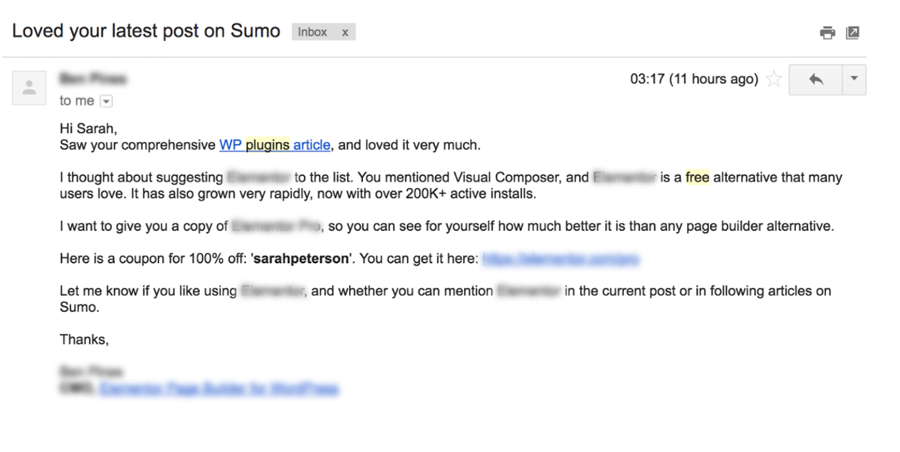
Have a course or program? Give access to members of your target market.
Offer a service? Do it for free (best bet is to not even ask – just deliver).

Have a physical product? Send some to your target market. Do this for free, and without any expectation.
Because you’re providing a ton of value to the recipients, chances are you’ll get feedback.

When you do receive that feedback, reach out and ask for a more formal testimonial – or just ask to use their raw quote on your page.
Give Discounts
If you don’t want to give anything away for free in exchange for testimonials, another way you can start collecting them is to give discounts or coupon codes for them.
This works best if you have a physical product or more than one product offering.
After a sale or when someone joins your list, set up an autoresponder email with an offer of a discount if a review or testimonial is left. When they’ve left a testimonial, send them the coupon code for their next purchase.
Here an example from Jason Zook, who offered a bunch of awesome prizes in return for reviewing his podcast on iTunes:

Protip: If you’re collecting testimonials from more than one person, create a SurveyMonkey survey or a Google Form to capture the answers.
3. Where You’ve Been Featured
Let’s say you were a man looking for some strength training resources. Which would be more credible:
- A website that displayed that it had been featured in Men’s Health… Or
- a website that hadn’t been?
I have a hunch that you would find the former more credible. That’s how social proof works – and luckily it’s not that hard to get featured in press and in larger publications.
For example, here’s a look at the “Seen In” page I have on my website:
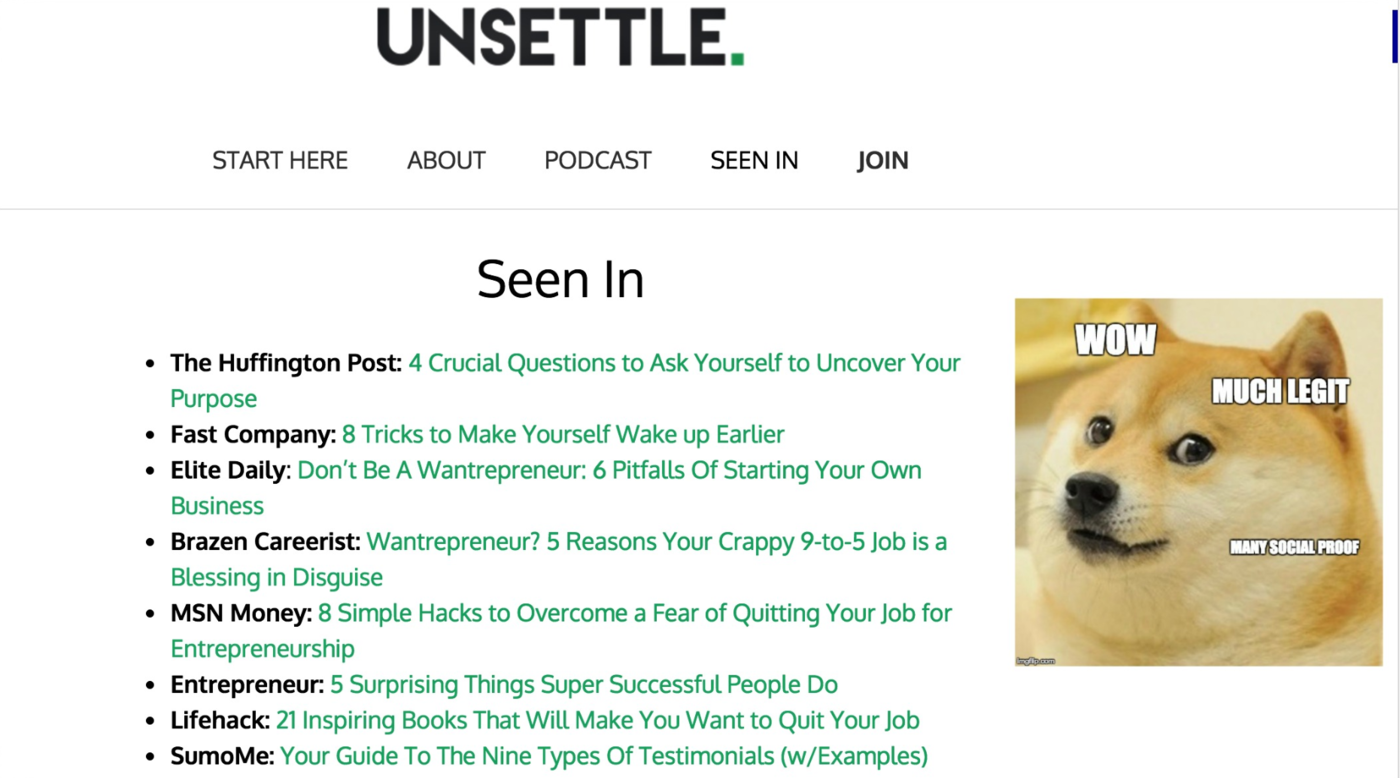
Here are a few different ways you can do similar – even when you’re starting from scratch:
Guest Posting
One great way to build up social proof that almost anybody can do is through guest posting.
Most larger publications are starved for content, so are happy to take high quality content from guest posters.
There’s little no barrier to entry to guest posting, and it’s something you can take control of and do yourself.
After you’ve been published on these larger publications, you can include their logos or photos in your “featured in” or “seen in” section, like The Solemates:[*]
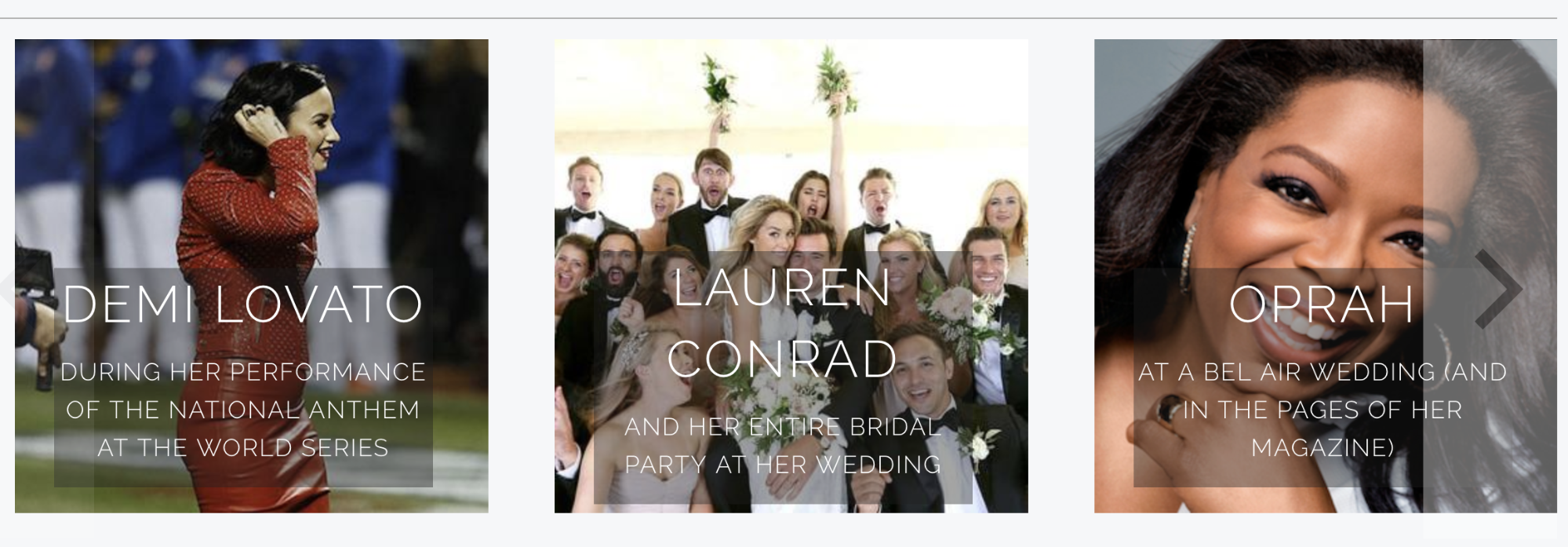
Bonus: the email subscribers and traffic that can result from a guest post – like John Gannon’s 1,800 email subscribers from a single post.
Republishing
Republishing allows you to use the content you already have to build social proof without any extra work.
My content has been picked up by Entrepreneur and MSN Money without ever having been published on those websites before.
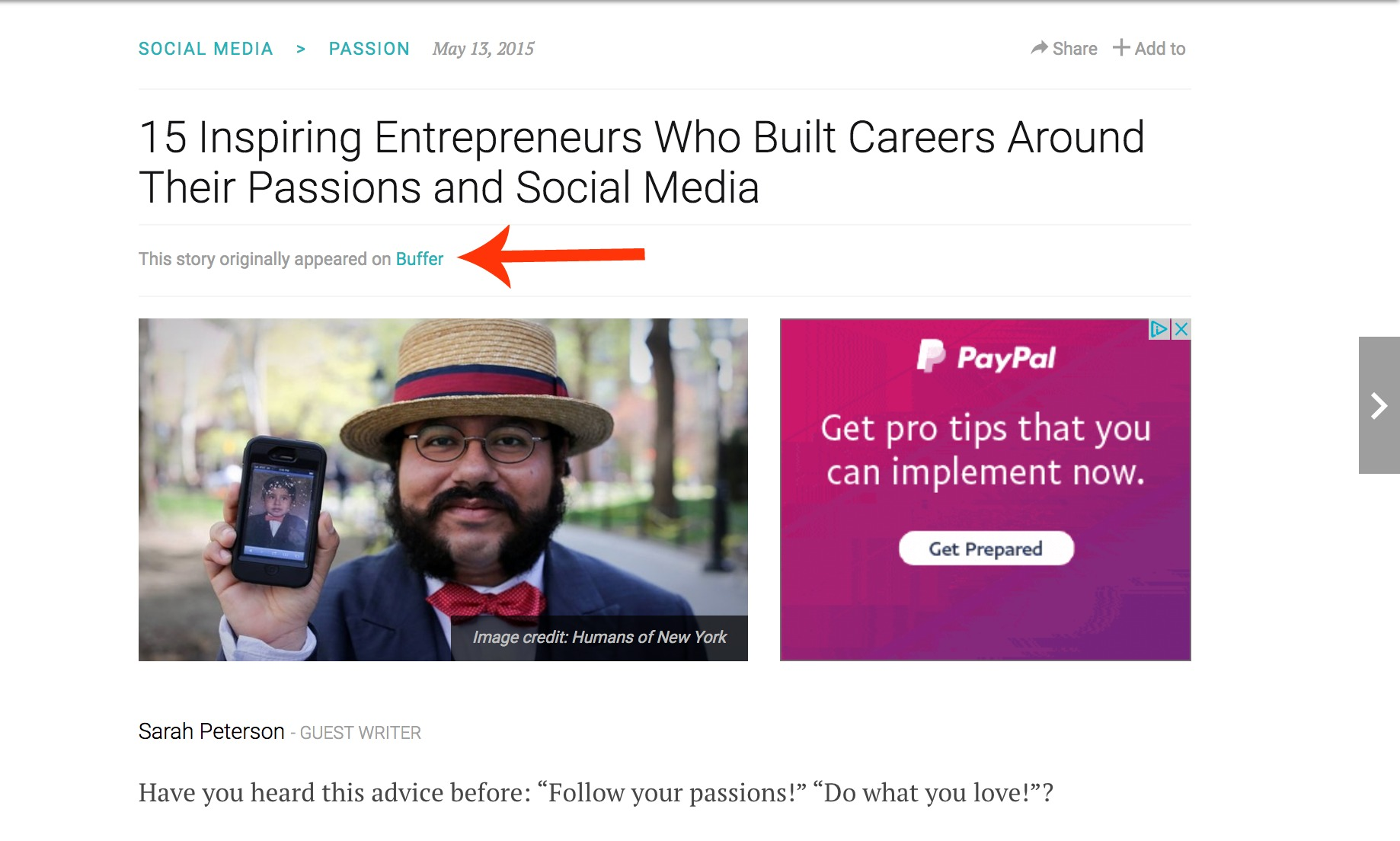
To start with this, pitch your content to other publications. The best way to go about this if you haven’t already guest posted on your publication of choice is to pitch your other guest posts.
Take that guest post that you just pitched, wrote and published on a larger publication for social proof, and make it work harder for you by pitching it to be republished on other large publications.
Just make sure to ask the host publication if they allow other publications to republish their content.
I did this when I pitched my guest post from Fast Company:
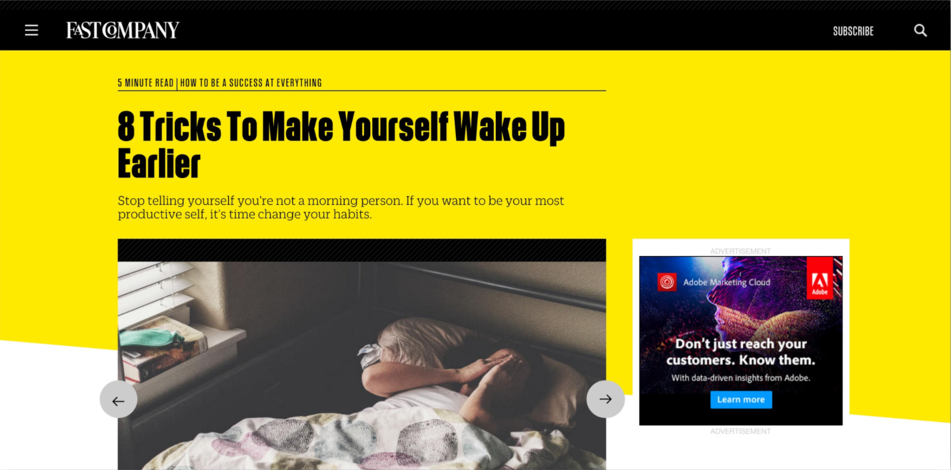
Use the republishing script I provided in our guide to republishing for driving traffic, and pitch your guest posts to other publications.
Social proof from being featured doesn’t stop there though.
Helping Someone Else Out
Being interviewed provides social proof – especially if you’re interviewed on a popular podcast or publication.
But Sarah, nobody knows about me! Why would they interview me?
Pitch yourself as a guest on popular podcasts and publications. For example, here’s how Noah pitches himself to potential interviewers:
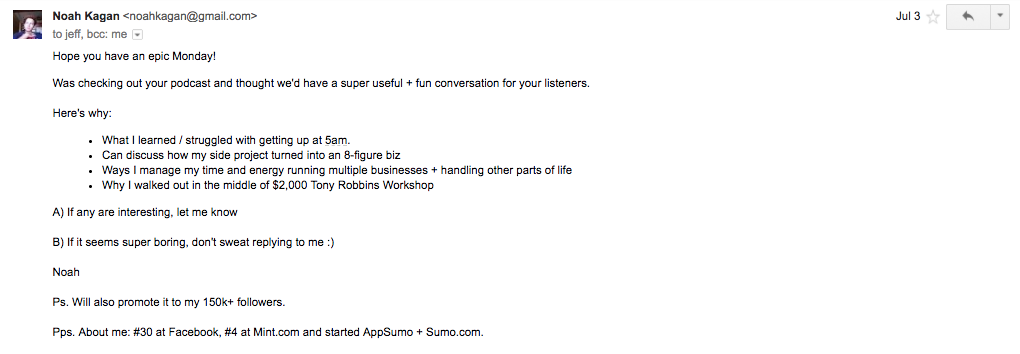
The same process goes for text and video interviews. As you continue to land interviews with publications larger than yours, include a page on your website about how to contact you for interviews.
If you set a goal for yourself every single day to reach out to one content creator about an interview, chances are you’ll see some success with it.
4. Celebrity & Expert Endorsements
It’s highly unlikely that you’ll be able to get your favorite celebrity to vouch for you.
Kim Kardashian has better things to do.
But that’s okay, because for you and your business, chances are celebrity endorsements, while cool, would be irrelevant.
Instead we’re going to focus on expert endorsements.
Each industry has a group of people who are considered industry leaders or influential in some way. For example, in marketing and business, we have people like Seth Godin, Tim Ferriss, Marie Forleo and of course Noah Kagan.
Featuring an endorsement from these experts and industry celebrities boosts your credibility like nobody’s business.
Check out how Jeff Goins uses endorsements from Darren Rowse and Michael Hyatt on his homepage to land him some serious street cred (not that he needs it):
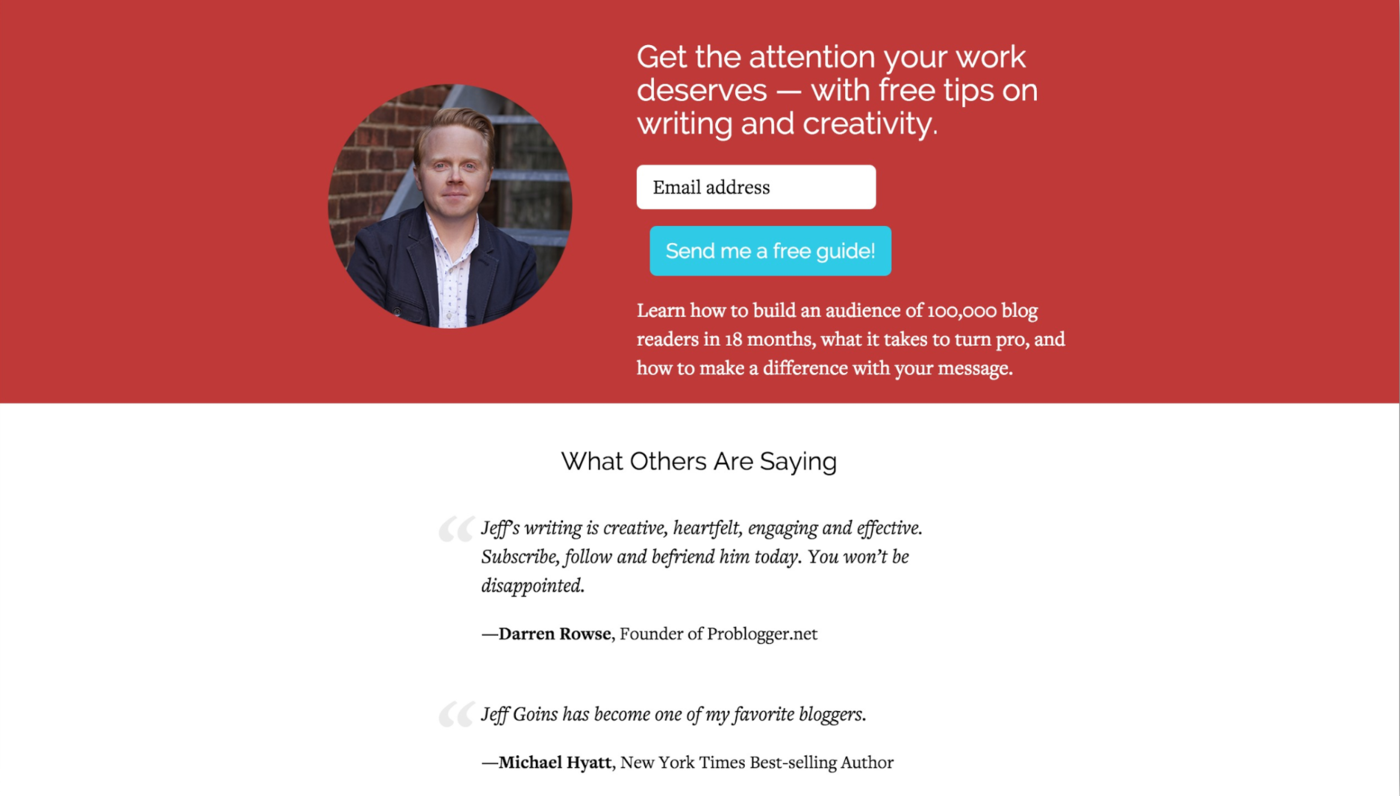
But since you’re just starting out on your path to social proof, you’re probably feeling a little lost with this. How can you get an expert endorsement when experts have no idea who you are?
I’ve got you…
First, you need to be on the influencer’s radar if you want to get an endorsement from them.
You can’t build a relationship with somebody if they don’t know you exist.
Here are a few solid ways to get on an expert’s radar:
Use them as a (good) example in your content: People love to be used as an example, especially when they’re running a business. That’s because by using them as an example for something, you’re giving them social proof. Meta, right?
This is how Noah stumbled across my work. I used him as an example in my article on Boost Blog Traffic about why blog ads are a bad idea to demonstrate what to do instead:
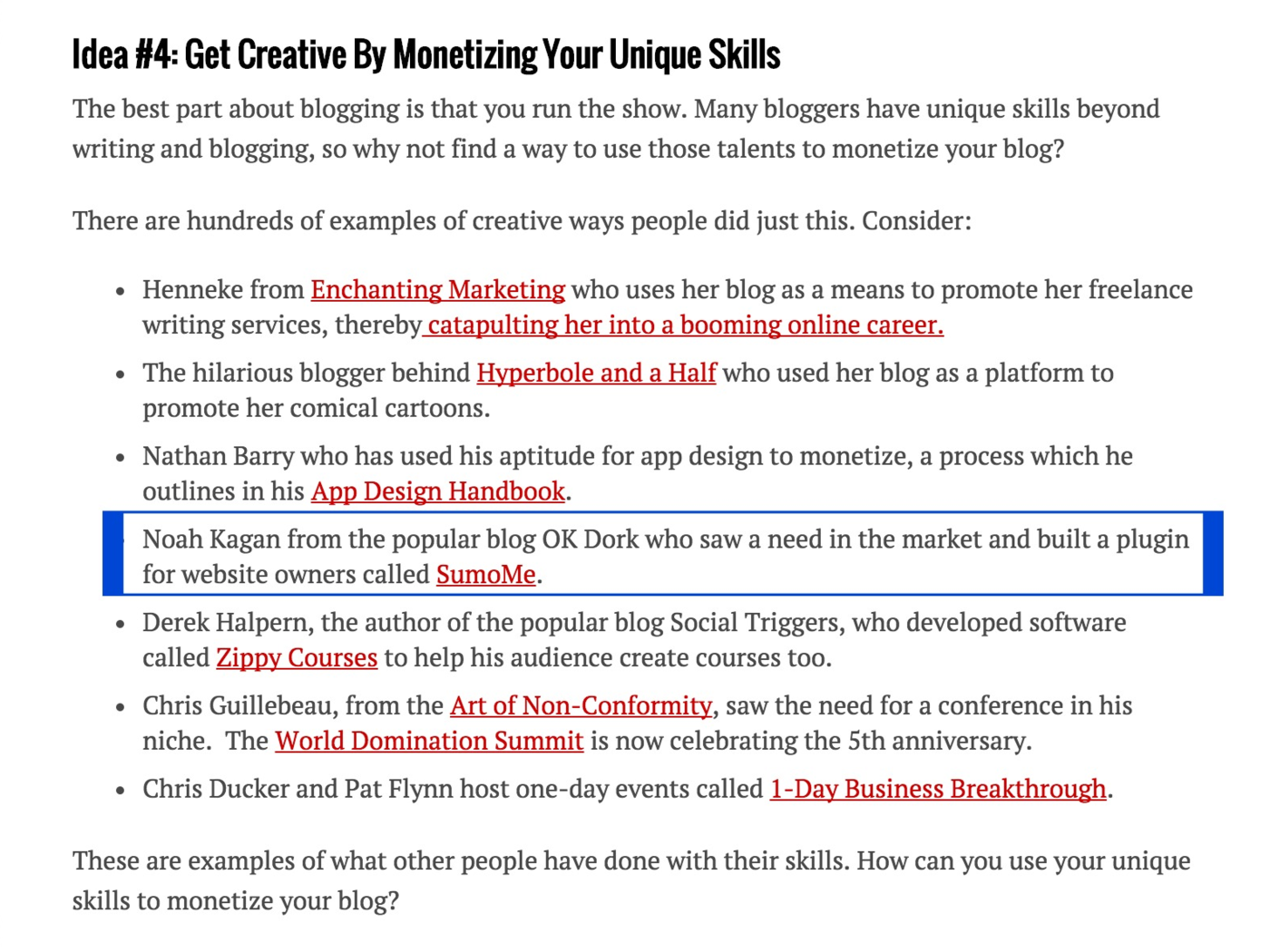
- Buy something from them. Most of the influencers you want endorsements from have products and services. This isone of the easiest ways to get on the radar of people with influence.
- Interview them. We’ll get into interviewing later on in this guide, because having interviewed an influencer provides social proof in and of itself.
- Give them a little love. Who doesn’t like a little ego stroke every once in awhile?
We all like to know when we’re doing something that’s impacting somebody else in a positive way, and since you’re targeting people who you genuinely like and want to build relationships with, a great way to get on an influencer’s radar is to tell them how they’ve helped you!
Next, you need to figure out how to go about getting the endorsement. Here are 3 quick ways to do that…
1. Provide Value
Alright, so you’re on the radar of the influencer. The purpose of this exercise is to get expert endorsements, right? But they need to have something on which to base the endorsement you’ll be asking them for.
One of the best ways to do this is to be generous with your time and help an influencer with something they want or need.
How can you use your skills to provide value to somebody else?
- Are you a good writer or editor? Send them a message offering to edit their content. Or better yet, just do it and send it to them (in a non-offensive way).
- Do you know your way around Canva or Illustrator? Create some graphics for their content and send it over to them.
- Do you know somebody they might want to connect with?
Offer to introduce them:
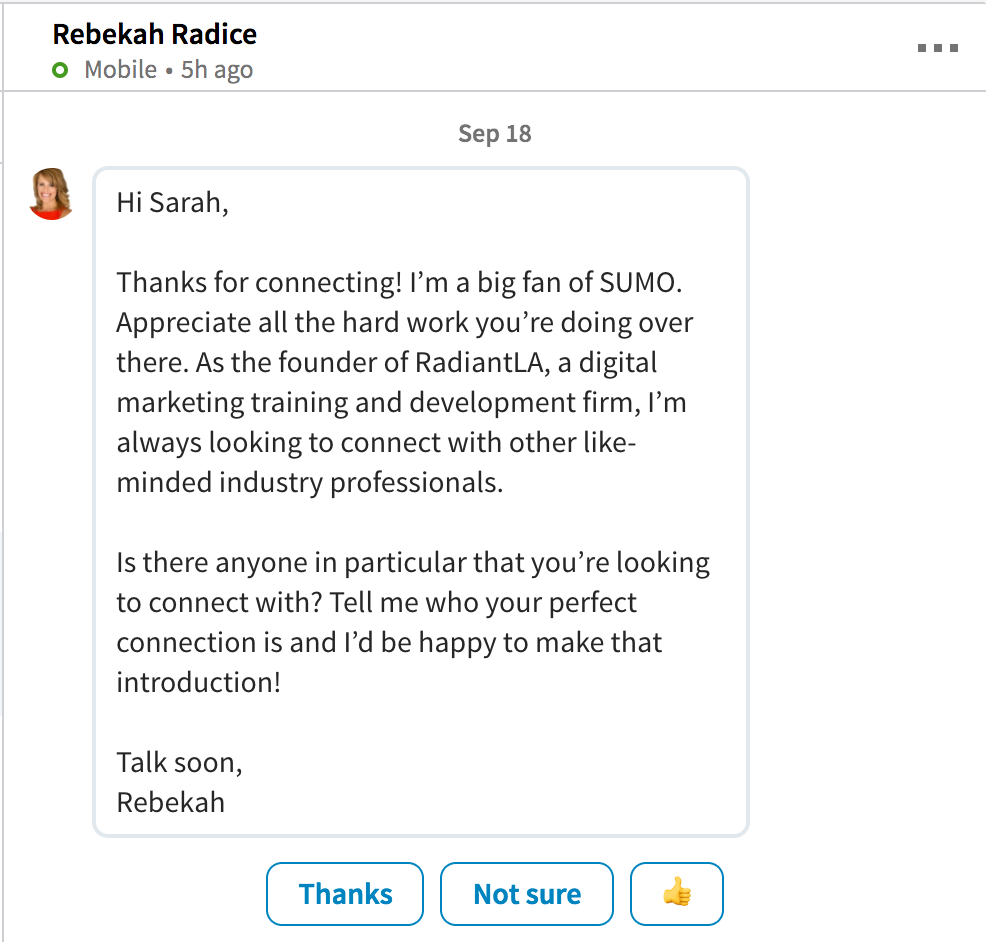
Your best bet by far is to not to offer – just do it, and send them the finished product.
2. Become a Success Story
Very few people take action on things and report back, so it’s new and novel when a customer does so.
This is how I got on Jon Morrow’s radar. I was a student in his Guest Blogging course, and I did something really crazy… I followed the course and got results.[*]
Those results led to me becoming a moderator for Jon’s community Serious Bloggers Only, published on his blog Boost Blog Traffic (which is how Noah found me), and how I became a case study for his guide on how to be published on Fast Company:
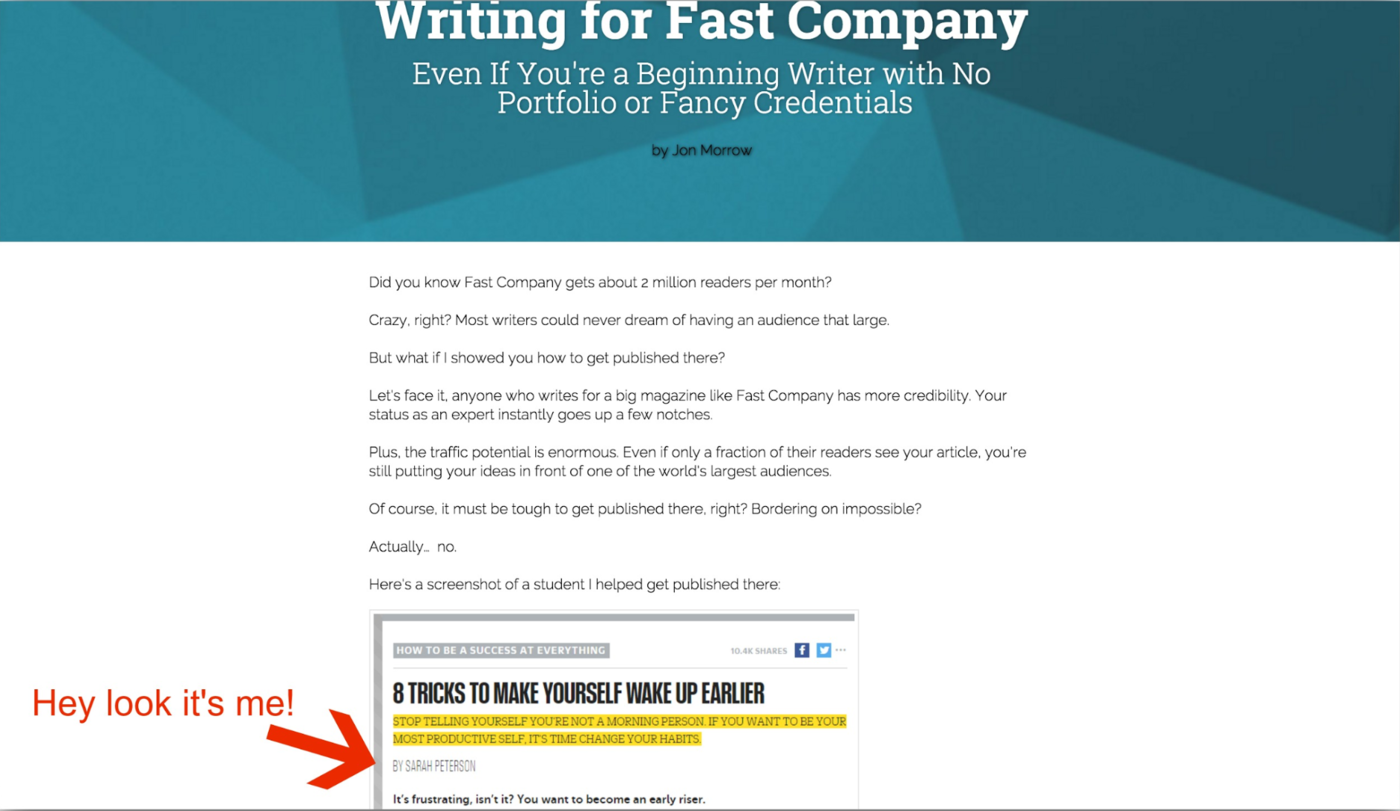
3. Just Ask
Now, if you’re familiar with the expert or influencer you want a quote from, getting that endorsement isn’t rocket science…
Just ask.
Most of us know at least one or two people who can be considered influential. Now’s the time to put yourself out there with them.
This funny thing happens when we want a favor from our friends or network. We clam up. There is something inherently uncomfortable about asking those who are familiar to us for something.
Send a quick, personal email to anybody you already know personally asking for a quote. Something like:
Hey man,
I’m working on my website and looking for endorsements for the homepage from people in the industry. Would love if you’d send one over. Just need a couple of sentences – here’s an example: http://exampleurl.com/example
I’d appreciate it.
[Your name]
5. Certifications
If you have any certifications in your industry that can be used as social proof, display them.
You might already have a ton of certifications and credentials you’re not showcasing.
So first, list every qualification, certification and award you already have.
Then, if you want to add more to your arsenal, search for relevant qualifications and certificates you can take.
To do this, open up Google and search:
[industry name] certifications
For example: “content marketing certifications”
Finally, add your new-found, or existing certifications to your website.
You can include them in your sidebar, on your homepage, or in your About page for the extra boost of social proof, like Josh from CPA On Fire does with his accounting certification:
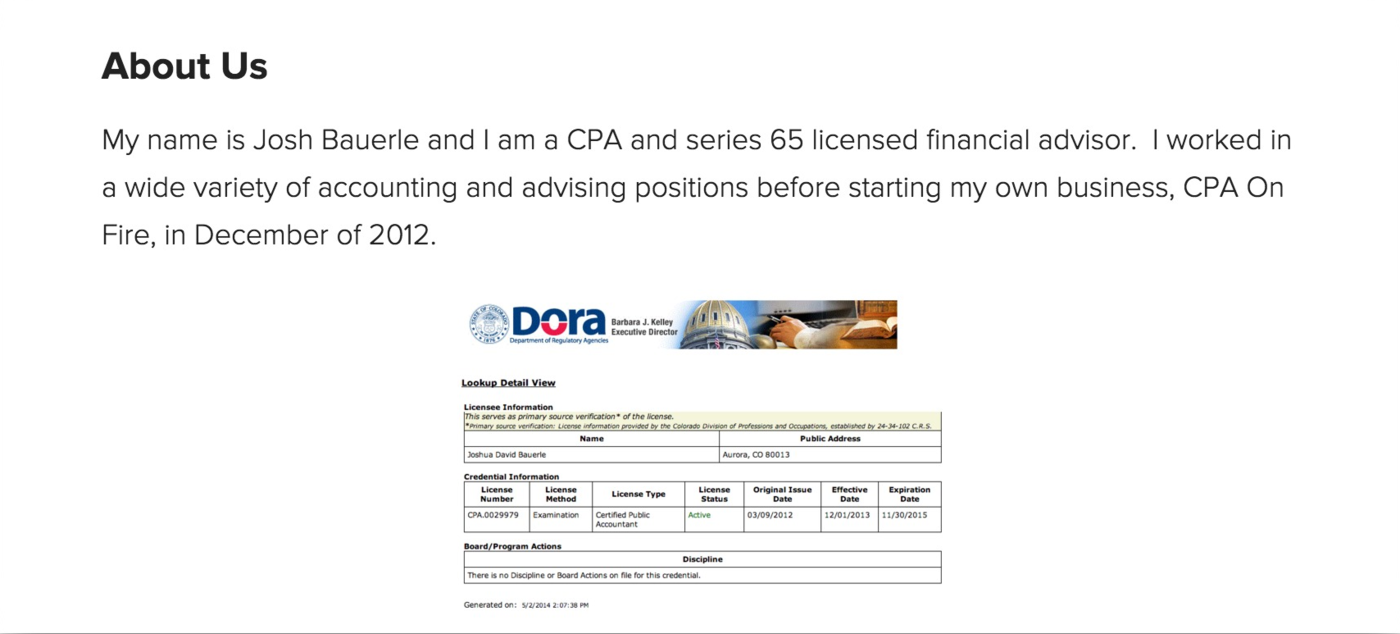
And Jeff Rose does with his CFP designation after his name on his website:
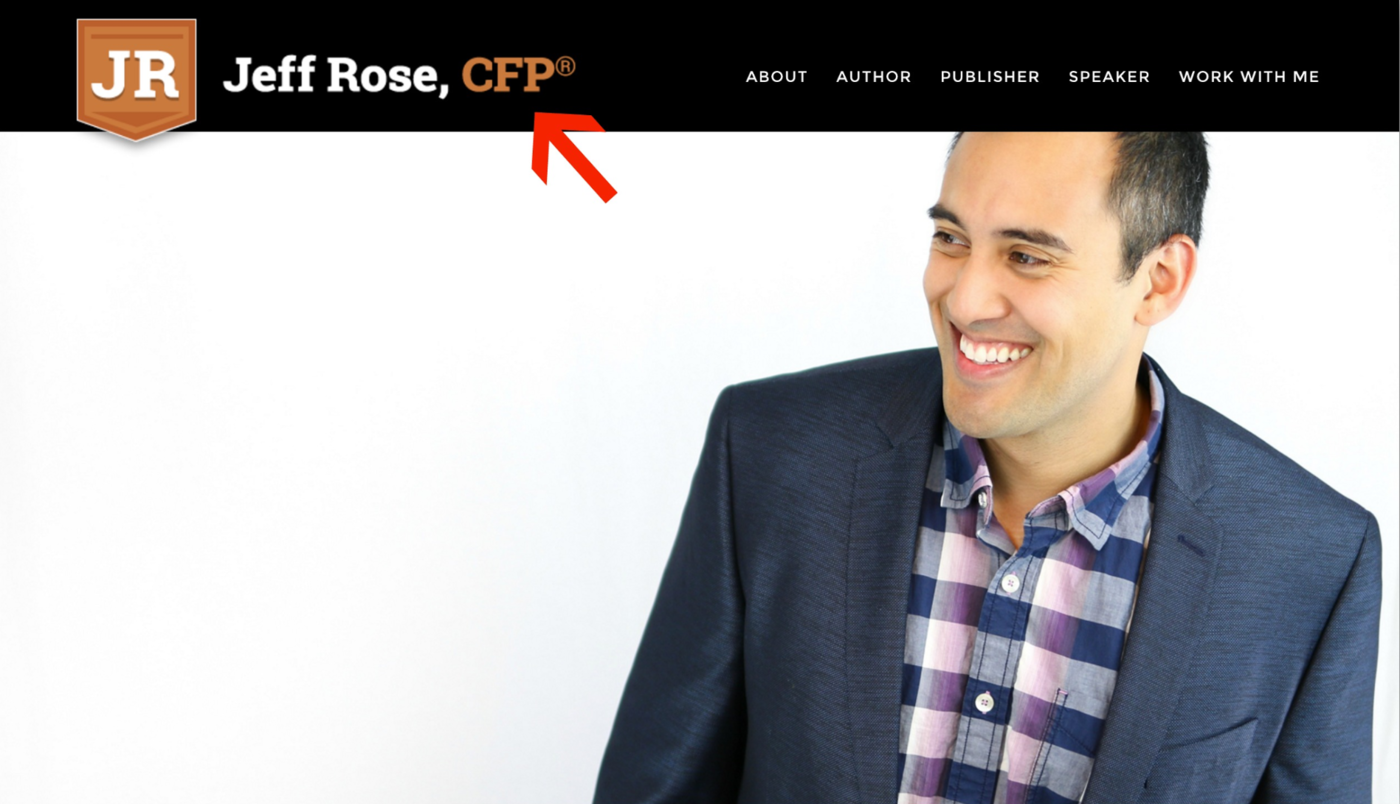
And consider even including them in your social profiles.
6. Referrals
Referrals from friends is the #1 trusted source of advertising – which makes sense because you trust your friends.[*]
But when you’re just getting started with referrals, how do you encourage your customers to tell their contacts about you?
One of the easiest ways to do this if you have a product or service is to create a referral program.
- Referral program: gives discounts or non-monetary perks.
- Affiliate program: pays out the affiliate.
CoSchedule does this by giving customers who refer their friends 10% off of their service:
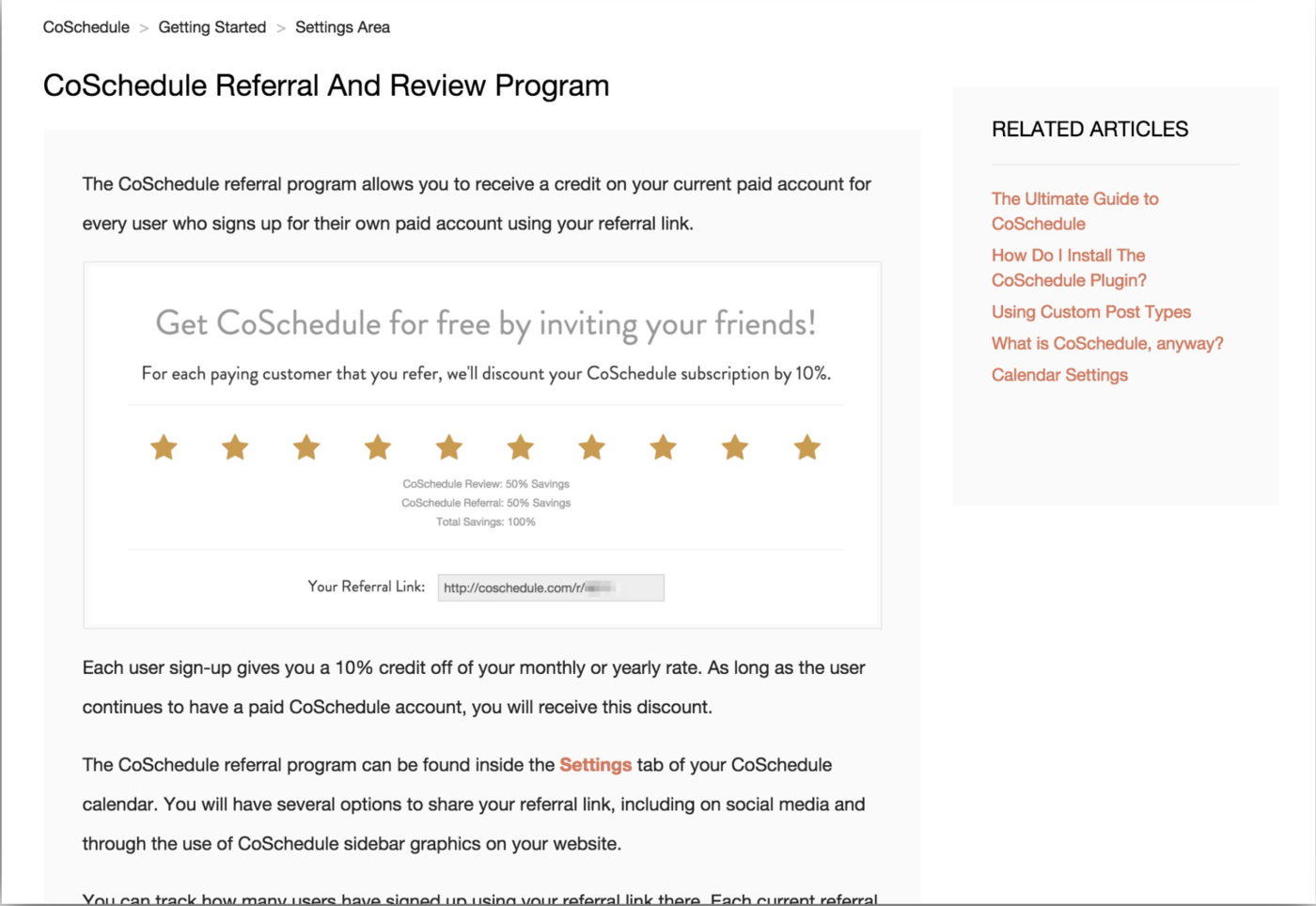
There are three things you can and should do to make sure that your customers want to share your product with their network:
- Make it a no-brainer to refer a friend. This should go without saying, but if your product isn’t exceptionally useful, helpful, or valuable for your users, you’re going to have a hard time getting those referrals.
- Make it super simple to refer friends. It should be so simple that it’s practically easier to refer a friend than to not. Okay, that might be going a bit far. But you get what I mean. Don’t make them jump through hoops to sign up for your referral program or prove that they referred a friend. Make it simple. I don’t need to tell you yet again that people are lazy, right?
- Give their friend a bonus too. We like to take care of our friends, right? So it’s even more enticing when the company we’re referring also offers your friend a bonus. Can you offer them a discount as well? Or a freebie or something extra just to sweeten the pot?
7. Gazing
Eye-tracking software has demonstrated that when we’re looking at an image of something or somebody, our eyes are drawn to two things:
- Where the subject of an photograph is looking
- Where there are natural lines pointing toward something else.
Dollar Shave Club used line of sight to look directly at their “Sign Up” button on their Facebook cover, because they’re smart.

What does this have to do with social proof?
Well, a lot.
We told you how gazing is a form of social proof in our guide to social proof – and luckily it’s one that you can get started with almost right away. You don’t have to rely on anybody taking action on anything to do this.
You just need to find an image you can use that provides line of sight to your call to action.
Not sure how to choose the image?
If you have a personal brand, choose an image of yourself looking off to one side. Don’t worry – it doesn’t need to be looking in the right direction. You can mirror the image if it’s pointing in the wrong direction. Just head over to any image editing program and find the mirror button. Then, set it up so your eyes are looking directly at the call to action. In Unsettle’s feature box, I’ve included an image where I’m looking down directly at the opt in button.

If you have more of a company brand, use an image of somebody who looks like your avatar. For example, if your avatar or target audience is a 20-something male, you’ll want to use an image like that. I already told you why – were you paying attention?
If you don’t want to use faces – maybe your brand isn’t conducive to it or you don’t want to display faces on your website – you can use arrows or other lines of sight instead.
Remember though that human faces are the most familiar and interesting to us. Perhaps this is because as babies, we recognize human faces far before we recognize other objects. #knowledgebomb[*]
When you’re using this form of social proof, make sure that your line of sight is going exactly to whatever it is you want your visitor to take action on:
- Want more emails? Make sure the line of sight is directly to a signup button or opt-in form.
- Want social shares? Make sure the line of sight is directly to your share buttons or a call to action to share (bonus points – this will give you even more social proof, as you’ll find out soon).
As you begin to accumulate other social proof (like testimonials, endorsements, and case studies) you can leverage lines of sight and gazing from other images you collect, too.
For example, asking for an image of your customers who leave testimonials, looking directly at the testimonial they left adds another layer of legitimacy.
Even if it’s meta.
8. Ratings and Reviews
Yelp, TripAdvisor, and Amazon are so popular because ratings and reviews are the best form of social proof. So how can you get more of them when you’re just starting out?
One of the best ways to get reviews for your podcast or product is to do a giveaway for reviews.
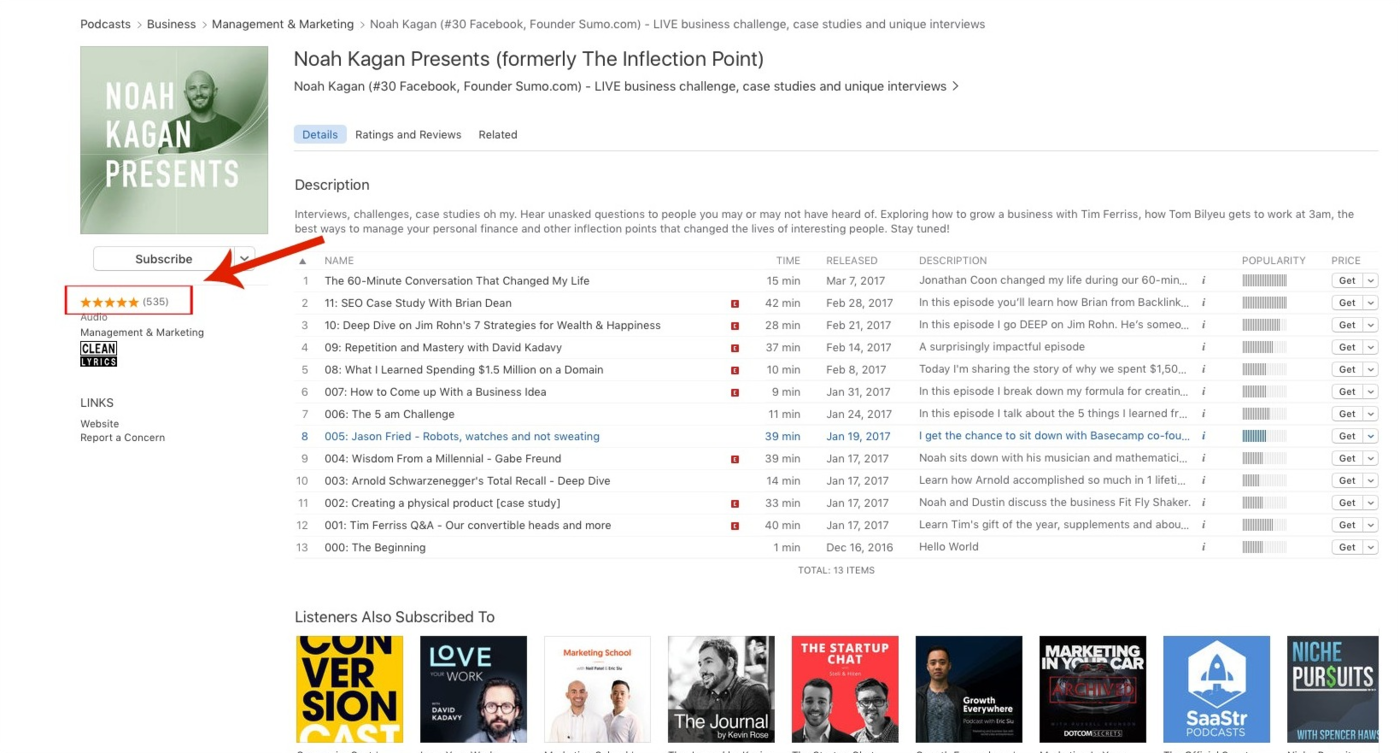
Noah Kagan launched his podcast with 500 reviews by doing a giveaway:
To get the most reviews for your giveaway dollar, here are a few guidelines:
- Make sure the giveaway is valuable. The more valuable the giveaway, the more reviews you’ll rake in. Giving something away that is worth $25 probably won’t benefit you as much as a $200+ product. And as always – communicate the value to the participants.
- Give away something relevant. Maybe you run a giveaway to your customers for an upgrade to your product, or maybe you can giveaway something that compliments what you do. Keeping it relevant will give you the most relevant reviews.
- Be specific for what you want in your reviews. Not all reviews are created equal. Always ask your reviewers to be honest (you don’t want to seem like you’re asking only for favorable reviews – that’s shady). Want specific stories about how they used your product? Be explicit.
Giveaways can be a great way to get more reviews – and fast.
There are a few ways to start raking in the reviews:
If you have a podcast, include a call to action at the end (and the beginning) of each episode asking for the review. Also include the ask it in your show notes, like Shawn from The Model Health Show does:
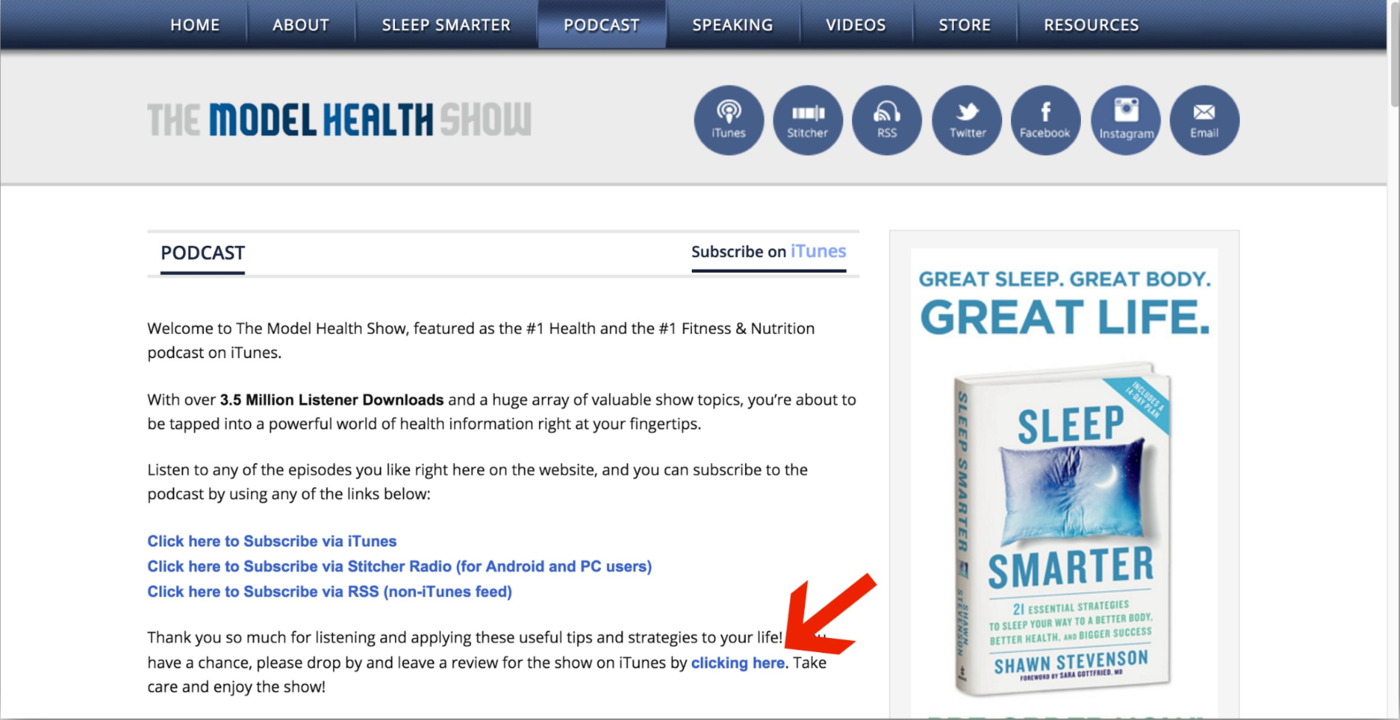
If you have a digital product, send an email after you’ve given your customer some time with the product and ask for a review. This method of TripAdvisor’s has been successful in reminding me to review.
If you have a physical product, include a request for a review in the package when you send it.
If you have a service, just ask! Especially if you’ve been working one on one with clients, chances are they’ll be more than happy to leave you a review. Ask them in person or through a person email to get the best results.
All you have to do is ask sometimes.
Reward Ratings and Reviews
A great way to make sure that your customers are reviewing your products is to reward them for doing so. Think of it like an ethical bribe.
Give them a discount code or something free with the next order when somebody reviews your product.
Many Shopify and Etsy shops do this to increase their review count – and therefore social proof and credibility of their product.
9. Case Studies and Proof of Concept
Case studies are one of the most powerful form of social proof for getting people to take action and buy your product.
But if you haven’t had many customers or clients yet, how can you start collecting case studies?
Well let’s start with the two things you can do without having previous customers or clients to collect case studies from…
Lead by Example
The easiest way to jumpstart your social proof with case studies and proof of concept? Using yourself as a case study.
Brandon and Dan from Zen Dude Fitness use themselves as a proof of concept for their coaching and programs:
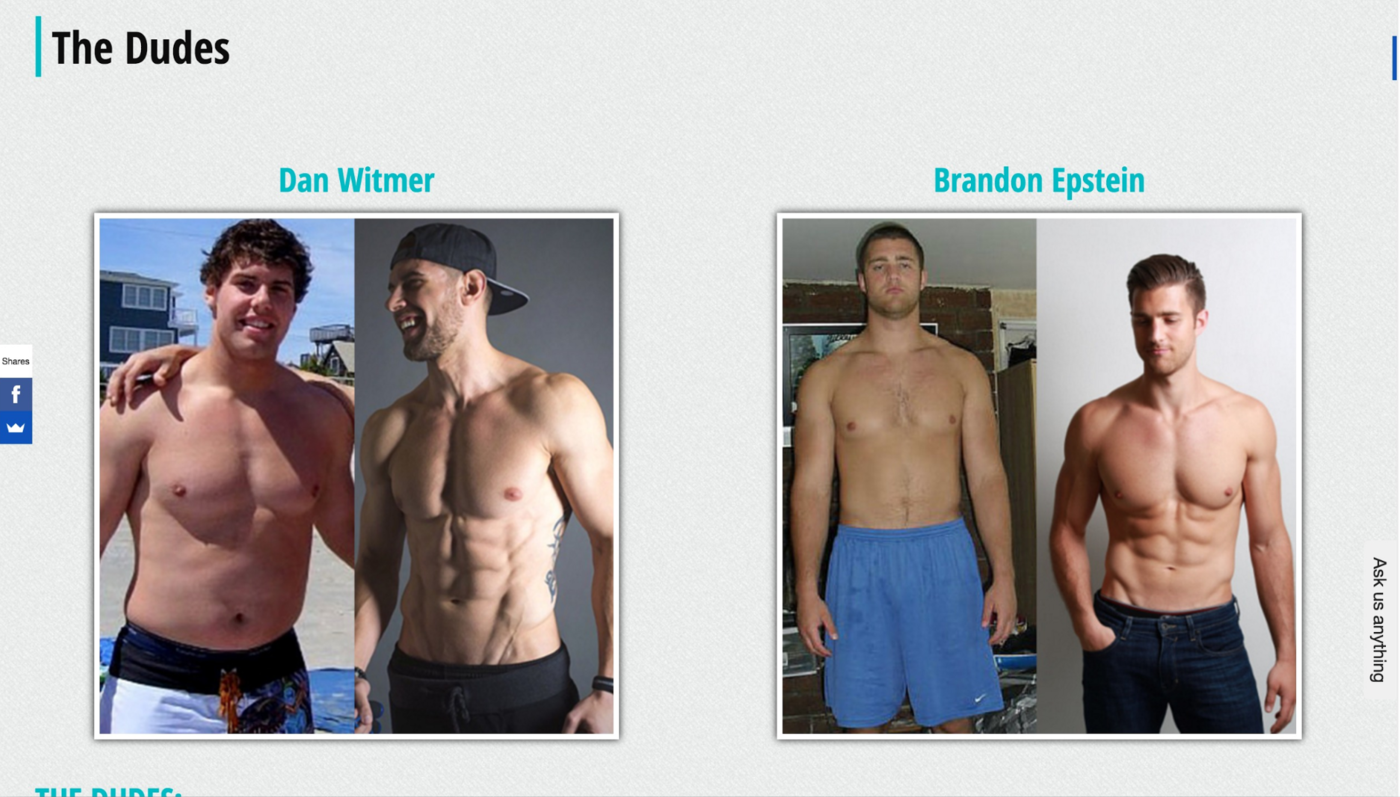
And they provide both of their transformation stories. This doesn’t only work in the fitness industry. Tracy from The Love Vitamin, which is a skincare company does this, too:

You can take your audience through your journey to achieving whatever outcome it is that you help your audience achieve. Write the story out, provide before and after photos, even just tell your story through audio or video.
This is hands down the easiest way to demonstrate case studies and proof of concept social proof.
But if you can’t use yourself as a good example?
Use Other People’s Transformation Stories
Using other people as an example as social proof – hopefully with their permission (unless they’re a well known case) if you know you can get similar results.
For example, let’s say you had a juice bar. On your website, you outline the transformations that others have gone through by drinking fresh juice.
Tim Ferriss does this very well by showcasing success stories from his Slow Carb Diet:[*]

Until you have your own case studies you can use, using other people’s transformation stories as case studies can act as social proof for the work you do.
10. FOMO: The Fear of Missing Out
We’ve all purchased something you were on the fence about because it was an “exclusive” offer or there was a countdown timer attached to it. Or, when you’ve wanted something simply because there was a limited number available.
This is all FOMO at play.
The fear of missing out creates social proof just like an exclusive club does. People love exclusivity – especially when they are part of the exclusive club.
So how do you capitalize on FOMO for social proof?
Start with Deadlines: Deadlines are inherently motivating to us, which is why the marketing principle of scarcity works so well to increase sales and conversions.
Here are a few ways you can use deadlines to amp up your social proof:
Deadlines on your product offerings. If you have any limited edition products or offerings that you can put a time limit on by closing the cart, this increases conversions like mad, because it both triggers the feeling of FOMO through missing out on the product and also makes the product seem more exclusive.
MeUndies does this well by offering exclusives to members before they go on sale to the public:

Deadlines on discounts. Let’s say you have a product that you want to increase conversions for, but you don’t want to close the cart on it. One great way to incorporate deadlines is to put a deadline on a discount.
Deadlines on bonuses. If you don’t want to have to be responsible for relaunching every few months (because let’s be real: launches are a lot of work!), you could keep your product evergreen and put deadlines on the bonuses you offer instead. Maybe for a limited time you have an upgraded package or a bonus you don’t want to offer always.
Here’s an example Foundr Magazine used to create FOMO using deadlines:

Deadlines on opt-in offers. If you don’t have a product yet – or you don’t want to incorporate deadlines into your existing products – you could always create a deadline for your opt-in offer. Create a limited time offer to convert people to your email list and give you that extra boost of social proof.
You don’t have to limit yourself just to deadlines on your product offerings. You have plenty of opportunity to incorporate deadlines into your marketing to boost your social proof.
And if deadlines aren’t your jam…
Create Exclusivity
Exclusivity triggers a fear of missing out, and provides social proof because when we think that something is exclusive, we assume that the creator of that thing has license or a reason to make it exclusive.
Cue social proof.
Even if you think there’s no opportunity for you to incorporate exclusivity into your brand as social proof, you may be surprised. Try one of these out:
Ruthlessly prioritize your audience. Incorporate exclusivity into your brand by communicating clearly exactly who your business or website is for – and don’t be afraid to make it seem like an exclusive club.
In the worst case, you’ll repel the people who you aren’t for, and attract the people you are for – which is what marketing is all about.
I do this right on my “About” page on Unsettle:
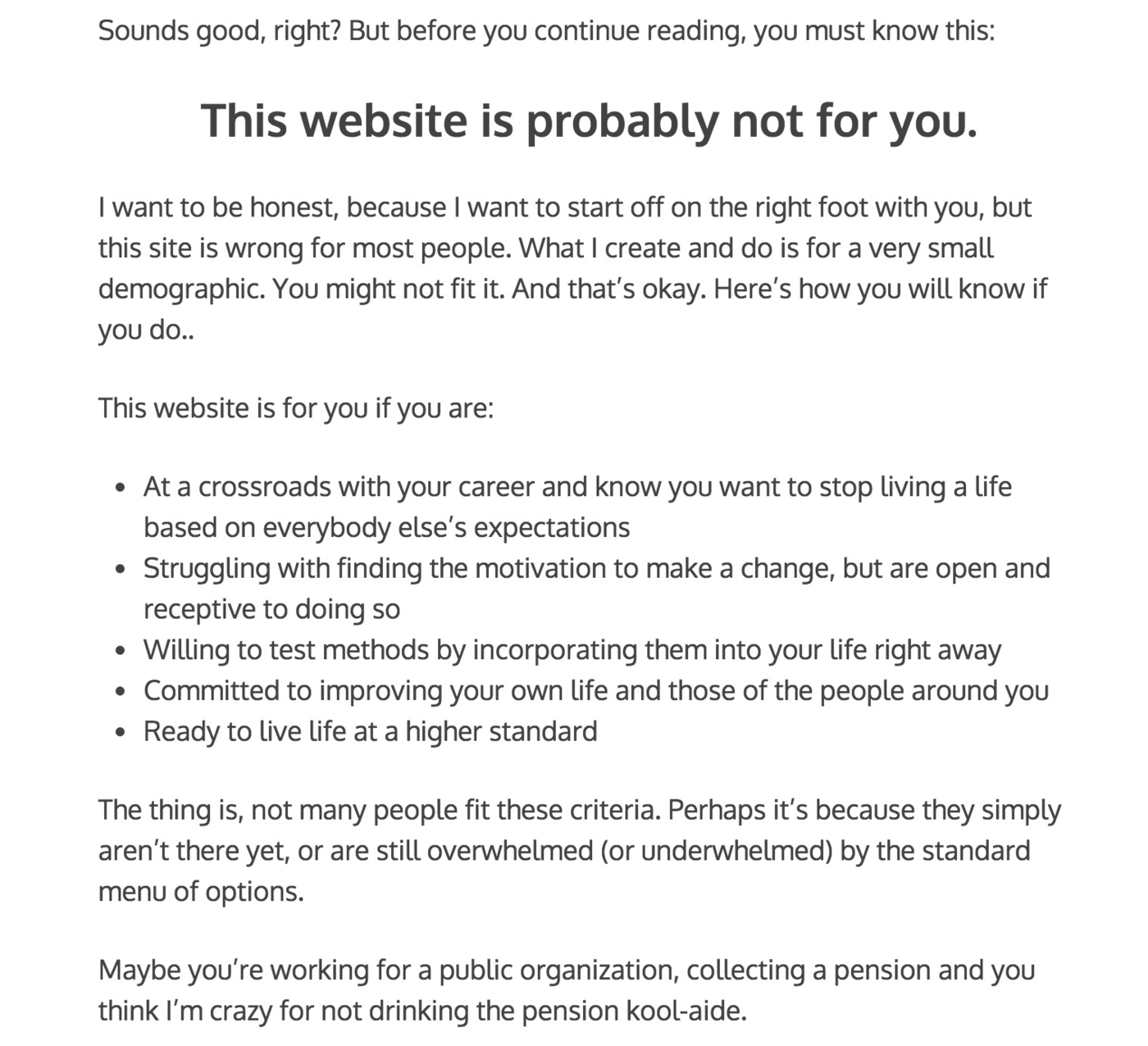
Create a members only area. Triggering FOMO is the same as triggering curiosity, and curiosity and FOMO are exactly why places that are invite only have so much social proof. You can create a members only area for your brand through a Facebook group, a private forum, or even making your email list seem private and exclusive.
Don’t be afraid to use the language “members only”, either!
Triggering FOMO for social proof can be an easy way to start, and can be a low-hanging fruit for capturing more sales and email addresses.
11. Social Media Proof
Social proof from social media is a double edged sword.
Not only do mentions on social media provide some great social proof, but it also means that your audience is engaging with you off of your website, which is a good sign.
Unfortunately, you can’t really get people to shout you out on social media for social proof, but you can use a few different hacks to get started:
Curate Your Likes
On Twitter, don’t abuse your “Likes”.
By that, I mean don’t like everything you agree with, want to read later or find mildly amusing. Instead, just like the nice things people say about and to you. That way, you’ve curated social proof about you, your brand, and your business for either quick reference later…
Or for when a potential follower or client finds your page. See how I’ve done this with my Twitter:
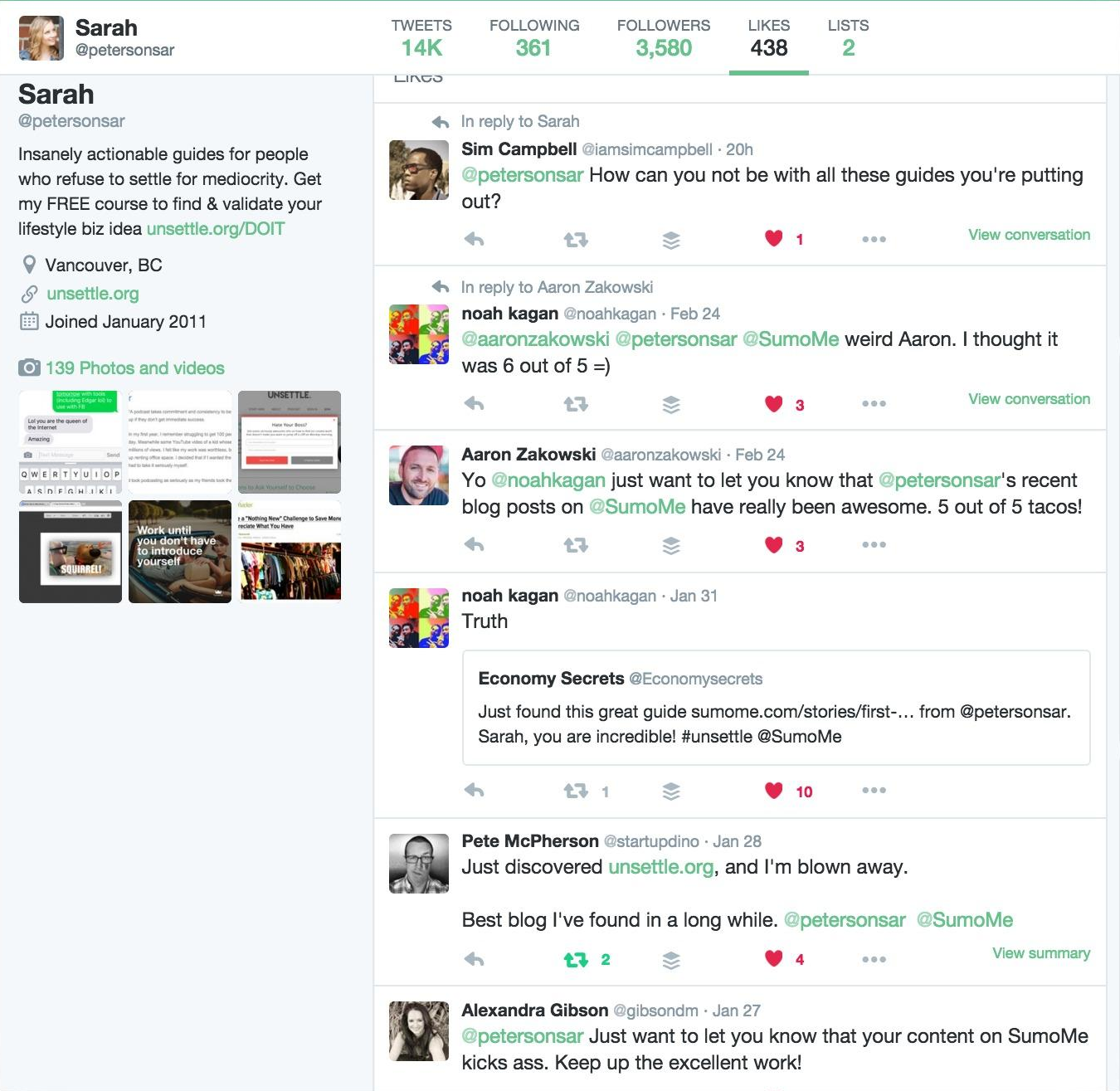
This makes for easy reference when you need a quote for your homepage, or even just want to display the raw Tweet.
Create Your Very Own Hashtag
Sometimes, people talk about our brands or businesses and we don’t even know it.
That’s because these mentions sometimes happen in the wild, right under our noses. One way to make sure you know about more of the conversions people are having about your brand is to create your very own hashtag.
Then, encourage your audience to use it in reference to your business.
Do this by using your hashtag yourself, and mentioning it in your content. We use our #Sumo hashtag on Instagram for as many posts as possible:
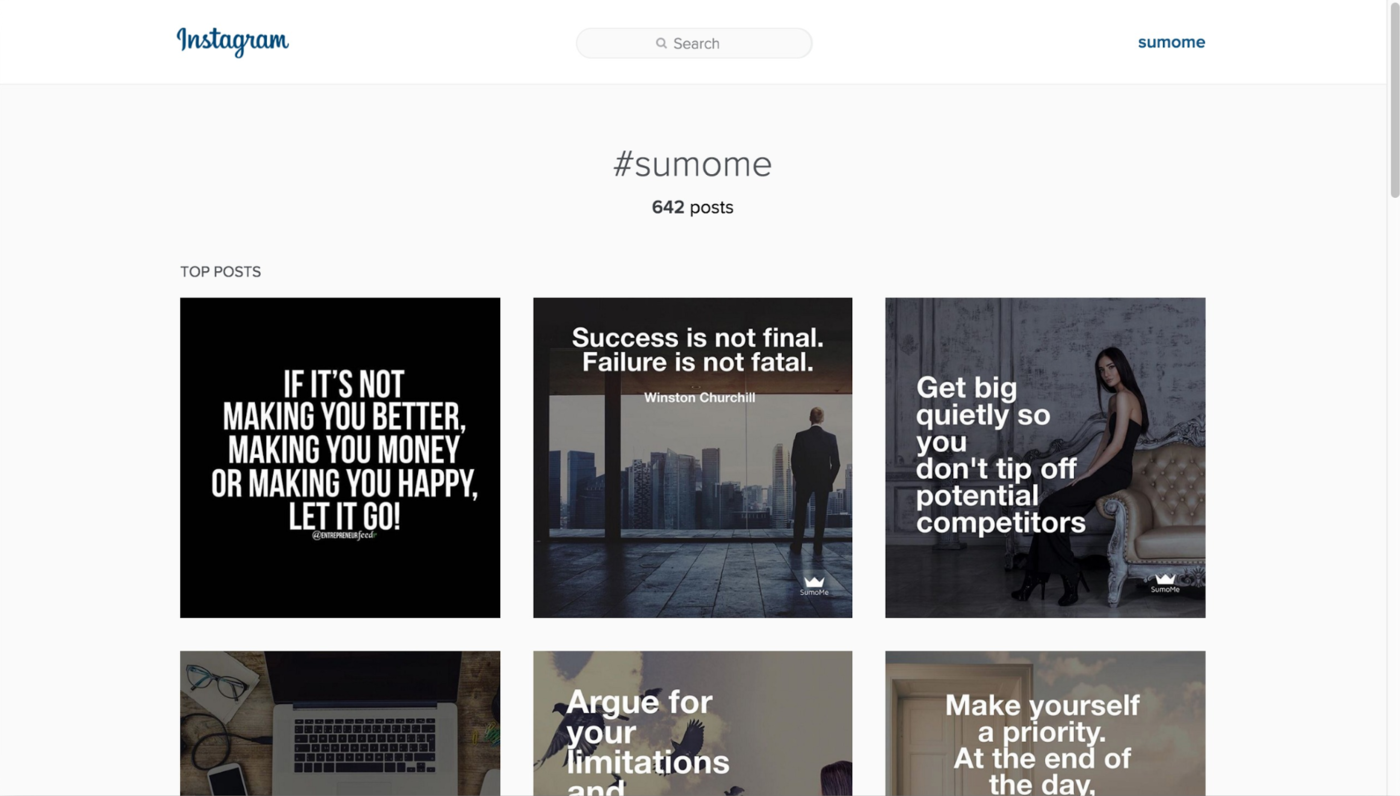
Which encourages our followers to use it as well. When they mention us in an Instagram post, or repost one of our posts and hashtag us, we know more often.
12. Rankings
Last time you visited a new city and wanted to find something to eat, what did you do?
Chances are you went to Foursquare, Yelp or TripAdvisor and sorted the city’s restaurants by ranking.
So if you were in the mood for tacos, you would find the first or second top ranked place in the city and head for a taco smorgasbord.
You’re giving into social proof in this example. So how can you engineer ranking social proof into your own website?
Post on Launch Sites
Launching a product?
Get started with rankings by posting your product launch on sites like Product Hunt.
Many people will then get a group of people to upvote the product for them, creating a false ranking system. While this is a bit shady, this is one method of getting more upvotes for social proof on a website like Product Hunt (or even other websites that take upvotes, like reddit).
If you want your network to upvote for you, just let people know that it’s there if they want to check it out. Don’t blatantly ask for their upvotes – if websites like Product Hunt think something funny is going on, they can shut you down pretty quickly.
For example, when Station was featured on Product Hunt they added a popup on their homepage to encourage visitors to check out their listing:
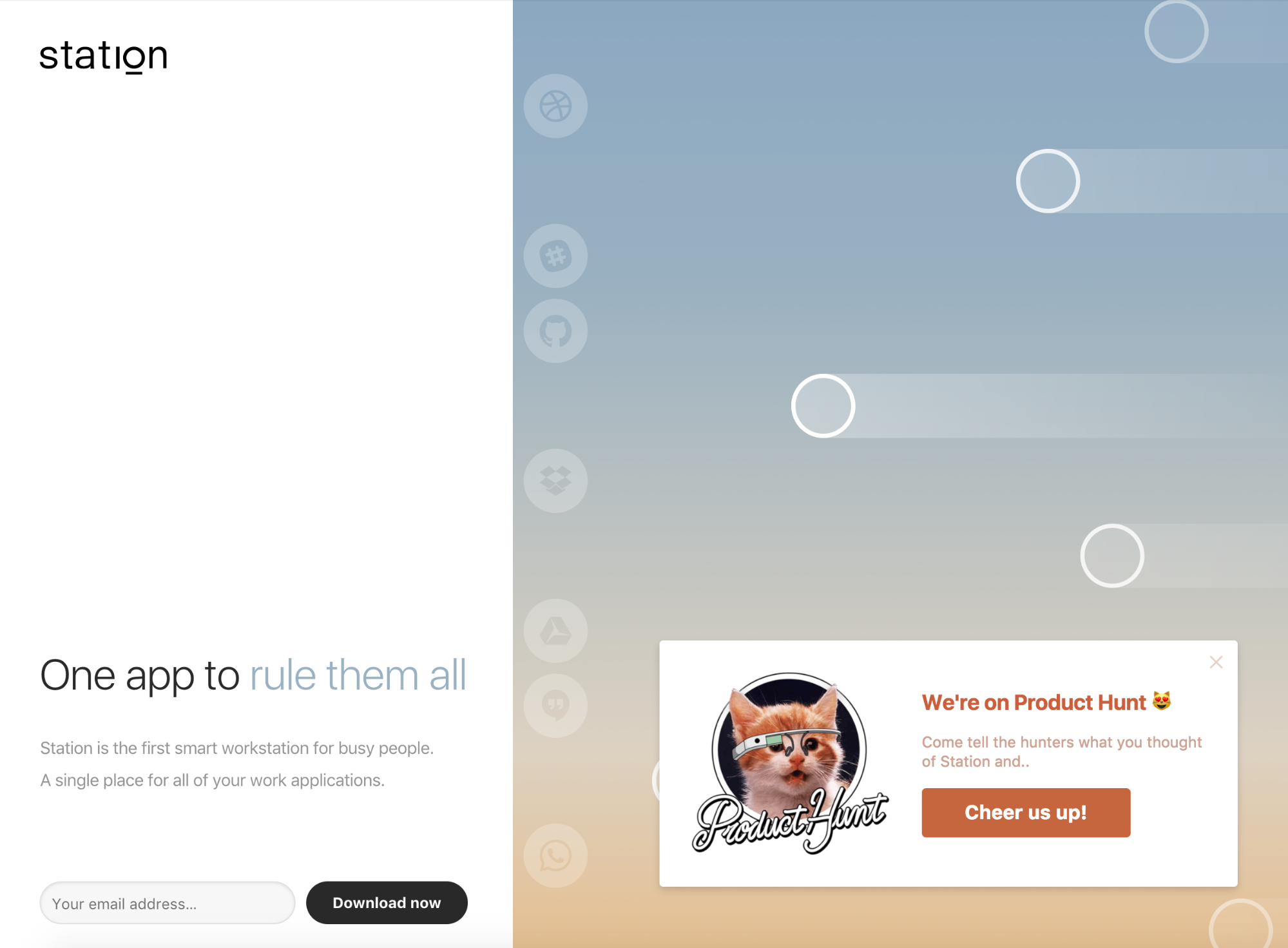
Promote Your Content
When your content is ranking well on a top website, that is a memorable and notable event – and not just for you. Have you ever had a discussion with somebody who brought up something they saw on the front page of reddit?
That’s a ranking.
But one thing most content creators don’t do enough of is content promotion, and if you’re not promoting your content, how can you expect that it will be ranked at all?
So to start with this type of social proof, make sure to submit your content to as many submission directories as possible every single time you publish.
Then, when and if you are featured or climb the ranks to one of the top spots, display that social proof on your website.
If you are a food blogger and manage to get on Food Gawker, for example, that’s ranking social proof. Or sometimes we’ll share Sumo content like this Slack article on GrowthHackers:

Almost every industry has submission sites, and many of them allow for upvoting and rankings. Make sure you’re taking full advantage of the potential of these places to promote your content.
Bonus: 2 Ways to Make Your Social Proof Work Harder For You
In the quest for social proof, there is some low hanging fruit you can put into place to make it work just a little harder for you… Or at least make it so nothing is working against you.
1. Display Your Highest Numbers
As you go through this guide, remember to always display the highest numbers you have. Do not bother with the lower numbers.
If you have 900 Twitter followers but only 100 Facebook fans, display your Twitter followers on your website, but leave out the Facebook fans (or lack thereof!).
When in doubt, leave it out.
2. Get Rid of Numbers if They Aren’t Impressive
There’s social proof… And then there’s anti-social proof. And I’m not talking about proof that won’t get out of the house.
I’m talking about forces that drive people away – indicators that people don’t follow you. Anti-social proof repels. It’s like wanting to go to a new restaurant in town, and then when you do finally get there, it’s empty. This doesn’t make you want to eat at the restaurant, does it?
So you want to get rid of all evidence of anti-social proof:
If you have comments enabled, but you get no more than a couple of comments per post, either disable the comments, or at least remove the “0 Comments” link.
If you have widgets on your website that display your social media follower account numbers, yet you don’t have many followers, remove them. I don’t know about you but this does not make me want to follow:

If you have fewer than a few hundred email subscribers, don’t ask visitors to “join 300 other people and subscribe”.
Numbers aren’t mandatory and when you’re just starting with building social proof, you don’t want anything working against you. Now you’re primed and ready to start building that social proof, right?
Start Using Social Proof NOW
I just gave you every method under the sun to kickstart your social proof and start increasing your conversions like crazy.
And some of them you can implement in 30 minutes or less.
- Reaching out to your friends and family to help you? You can get the ball rolling in under half an hour.
- Incorporating gazing into your calls to action? This will take you less than 10 minutes.
- Making it super easy for people to share your content? Five minutes.
There’s no reason you can’t start taking advantage of the insane power of social proof TODAY.
Don’t just read this guide and move on with your life.
Take action.
Start with the small things that you don’t need to spend too much time on. Check out our social proof ideas checklist for some inspiration.
Then, pick a type of social proof you want to focus on that makes the most sense for your brand.
Finally, start building that social proof. Focus on just one type of social proof until you’ve made significant progress with it.
And before long, you’ll be rolling in social proof, conversions, and sales.
And let me know in the comments section below: what type of social proof makes most sense for your brand? What are you going to start implementing?
Add A Comment
VIEW THE COMMENTS